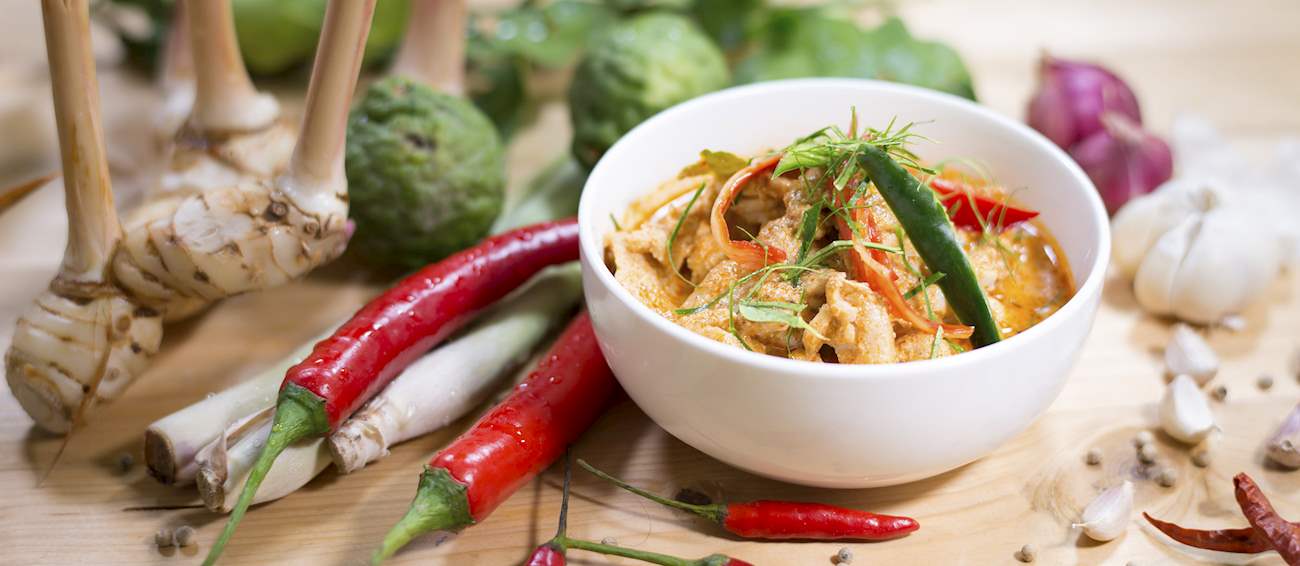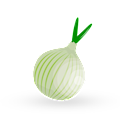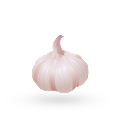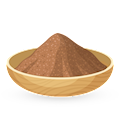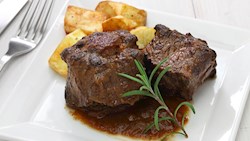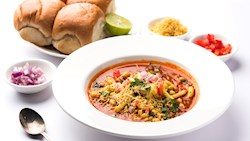MAIN INGREDIENTS
Kari ayam is a chicken curry that is popular in Malaysia and Indonesia. It is made with chicken pieces, onions, garlic, ginger, ghee, tomatoes, coconut milk, and spices such as anise, cinnamon, curry leaves, pandan leaves, lemongrass, chilis, cumin, turmeric, and fennel.
In Malaysia, kari ayam is traditionally prepared in a clay pot, because it is not reactive to the spices and allows the curry to cook in its own juices. Before serving, the dish can be sprinkled with lime juice and garnished with fresh coriander. It is recommended to serve it with rice.
MOST ICONIC Kari ayam
View moreMAIN INGREDIENTS
Phanaeng curry is a variety of Thai curry that is characterized by a thick texture and salty-sweet peanut flavor. It consists of meat that is stewed with coconut milk, panang curry paste, makrut lime leaves, fish sauce, and palm sugar. The meat used in phanaeng curry is usually beef, chicken, duck, or pork, and the dish traditionally does not include any vegetables.
The name of the dish is derived from the word panang, meaning cross, which refers to the ancient way of preparing chicken with its legs crossed and set in an upright position. Though the origins of phanaeng curry are somewhat murky, it is often associated with the Malaysian state of Penang, but there is little evidence to support this claim.
MOST ICONIC Phanaeng Curry
View moreMAIN INGREDIENTS
Traditionally cooked in a tonir, a built-in underground clay oven, dzhash is a tomato-based stew that can be made with either meat or legumes, but always includes vegetables. The stew is often generously seasoned with a variety of spices.
There are numerous versions of this stew, some of them even popular in the neighboring Turkey, such as the signature dish from Gaziantep, made with meat, summer squash, mint, and lemon juice, or the wedding stew that's prepared in Marash, consisting of meat, pumpkin, and chickpeas as the main ingredients.
MAIN INGREDIENTS
Probably the best known of all Indian dishes, murgh makhani, internationally referred to as butter chicken, is a staple dish at most Indian restaurants. The dish originated in Delhi during the 1950s, when a man named Kundan Lal Gujral opened his restaurant called Moti Mahal.
The restaurant's cooks combined leftover marinade juices with tomatoes and butter, and then stewed the tandoor-cooked chicken in it, without even knowing that they have accidentally stumbled upon one of the most loved dishes ever and a future international delicacy.
MOST ICONIC Murgh makhani
View moreJapanese-style curry known as karē is one of the most popular dishes in the country. It started gaining popularity in Japan during the Meiji period (1868-1912), when the British introduced it to the country. During its early years, karē with rice was an expensive, gourmet dish reserved only for the wealthy.
Compared to Indian curries, karē is less spicy, sweeter, darker, and usually thicker, which is thanks to the addition of flour or roux. There are three main version of karē in Japan - karē raisu (curry over rice), karē udon (curry over noodles), and karē -pan (a pastry filled with curry).
VARIATIONS OF Karē
MOST ICONIC Karē
View moreRendang is an Indonesian meat dish which originated among the Minangkabau people in West Sumatra. The dish is famous for its spiciness and a long cooking procedure. It is often compared to Indian curry because of its consistency and unique flavors.
The theory about how rendang was invented claims that the generous use of spices and long cooking hours were employed to preserve the meat in hot and tropical climates, such as Indonesian, so unsurprisingly, the need to preserve meat for a longer period appeared among the Minangkabau people.
VARIATIONS OF Rendang
MOST ICONIC Rendang
View moreMAIN INGREDIENTS
Out of all Thai curry varieties, massaman curry stands out as the mildest, sweetest, and the most unusual type. It is a combination of creamy coconut milk, meat, potatoes, and a curry paste made with roasted spices. Coconut milk is the authentic Thai element of the dish, providing a rich base for the rest of the ingredients.
Since it is cooked for a long time, massaman curry usually employs thicker cuts of beef or bone-in chicken, and occasionally lamb or mutton. The list of spices commonly used in massaman is versatile and extensive. It usually employs a combination of dry spices such as cumin, coriander, cloves, cinnamon, and peppercorns, mixed with fresh garlic, chili, galangal, lemongrass, tamarind paste, and palm sugar.
MOST ICONIC Massaman Curry
View moreKeema is a stew that is usually prepared as a curry with ingredients such as minced lamb or chicken meat, green peas, ginger-garlic paste, chili, onions, ghee, and garam masala spices. The name of the dish means minced meat in Urdu. Although keema is most popular in north India, Pakistan, and Bangladesh, some believe that the dish has Persian origins due to the fact that it was first mentioned as a recipe in Ain-I-Akbari (a document about emperor Akbar's empire).
Keema is commonly served as a main dish, accompanied by pav buns or naan and other flatbreads. It can also be used as a filling for samosas and parathas.
Hünkar beğendi is a traditional dish consisting of a flavorful lamb stew that is served on top of a creamy roasted eggplant purée. The purée is often thickened with milk and cheese, while the whole dish is sometimes topped with a tomato-based sauce or garnished with freshly chopped parsley.
It is believed that the dish is native to Istanbul and was first prepared for the wife of Napoleon III in the late 19th century.
MOST ICONIC Hünkar beğendi
View moreGulai is a spicy Indonesian dish resembling a stew or a thick soup. Because of its appearance and taste, it is often dubbed as the Indonesian curry. Any meat variety can be the main ingredient in gulai, as well as offal, seafood, or vegetables.
The ingredients are cooked in a combination of coconut milk and spices until the sauce achieves a thick consistency. Gulai originated in Sumatra, most likely under Indian culinary influence, but nowadays it is enjoyed everywhere in Indonesia. The dish can be found at Indonesian hawker centers and traditional restaurants.
VARIATIONS OF Gulai
MOST ICONIC Gulai
View moreTasteAtlas food rankings are based on the ratings of the TasteAtlas audience, with a series of mechanisms that recognize real users and that ignore bot, nationalist or local patriotic ratings, and give additional value to the ratings of users that the system recognizes as knowledgeable. For the “Top 100 Stews in the World” list until March 20, 2025, 35,391 ratings were recorded, of which 20,612 were recognized by the system as legitimate. TasteAtlas Rankings should not be seen as the final global conclusion about food. Their purpose is to promote excellent local foods, instill pride in traditional dishes, and arouse curiosity about dishes you haven’t tried.
